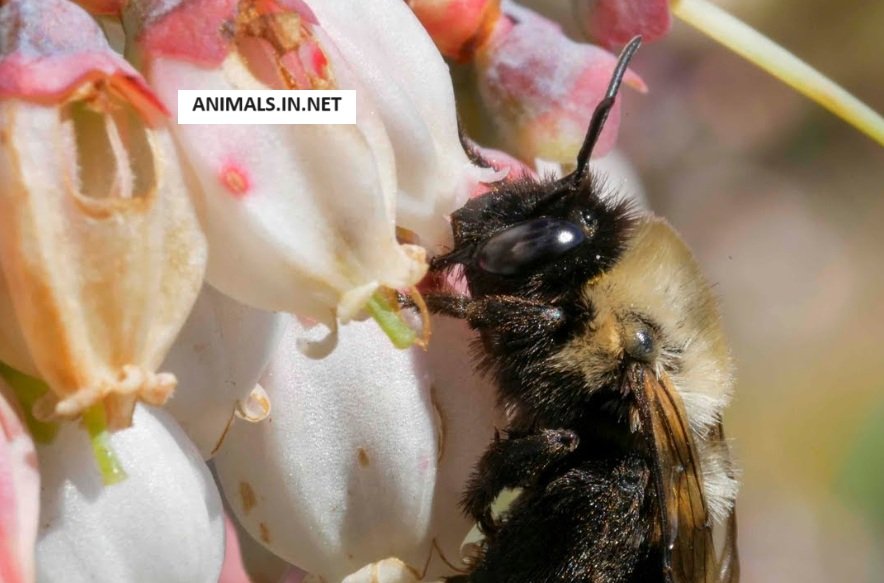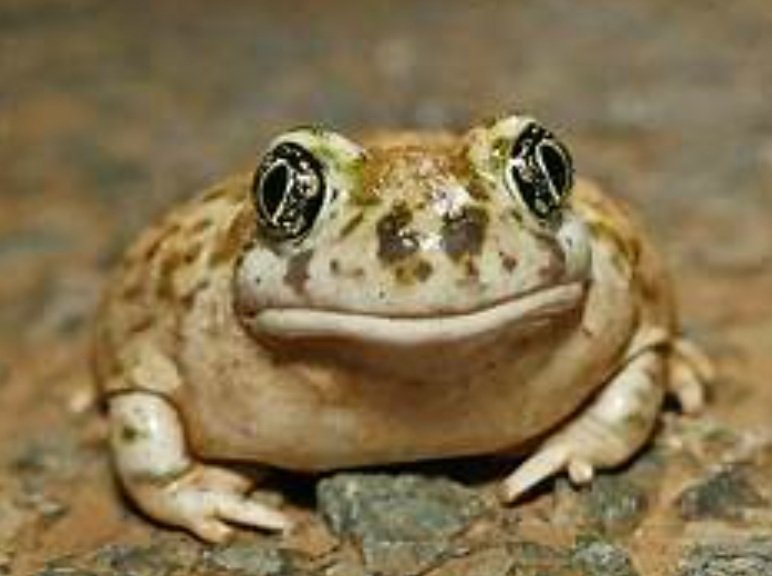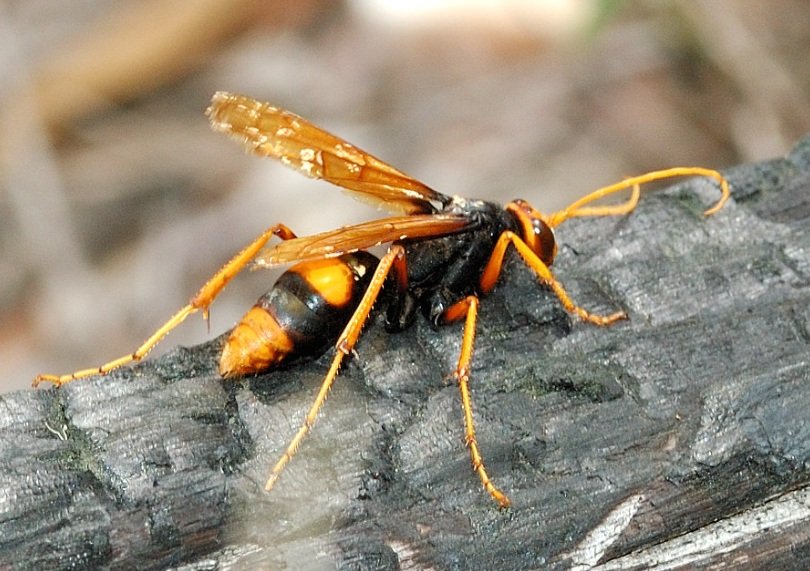
Introducing the facts about African Fish Eagle
The African Fish Eagle is a magnificent bird that personifies the essence of the continent’s rivers. It is a cherished and revered animal due to its remarkable looks, formidable hunting abilities, and cultural importance. By gaining more knowledge about the African Fish Eagle, we can respect and preserve these amazing birds for future generations.
The scientific name and physical Characteristics
Haliaeetus vocifer, the scientific name for the magnificent African Fish Eagle, is a native of sub-Saharan Africa. Its impressive looks and formidable hunting abilities are well known. The African eagle is one of the biggest species, with a maximum wingspan of 2.4 metres.
African Fish Eagle’s distinctive features, such as the white head, brown body, and powerful hooked beak
The African Fish Eagle is mostly located close to water features, including rivers, lakes, and coastal areas. Its dark brown body and wings contrast sharply with its white head and breast. Its sharp, hooked beak and penetrating yellow eyes are ideal for its hunting methods. This eagle is recognised for its unusual scream, which is often characterised as a loud, resounding screech that reverberates over the water.
The African Fish Eagle’s primary diet, which consists mainly of fish
The African Fish Eagle, as its name implies, mostly eats fish, which it captures by diving from its perch or by flying far above the water. It can securely grab its prey because of its strong talons. This eagle can also eat other tiny creatures, including birds, reptiles, and even carrion; thus, it is not only reliant on fish for its food. Being a territorial bird, the African Fish Eagle often constructs its massive nests on tall trees close to water sources, giving it a good view of its hunting territory. It is revered as a national emblem in many African nations and is a symbol of strength and elegance in African mythology.
The African Fish Eagle is a majestic bird of prey found in Africa
Haliaeetus vocifer, often known as the African Fish Eagle, is a magnificent predatory bird that may be found in sub-Saharan Africa. The African Fish Eagle is a unique species that enthrals both nature lovers and birdwatchers with its remarkable hunting abilities and spectacular looks. We’ll look at some fascinating information about the African Fish Eagle below:
Describing the African Fish Eagle’s appearance
The African Fish Eagle is a huge bird that may reach a maximum height of two metres (6.5 feet) on its wings. Its head is white, its plumage is dark brown, and its beak is a striking yellow colour. The African Fish Eagle’s dominant appearance is enhanced by its brilliant yellow eyes.
African fish eagle characteristics and habitat
Lakes, rivers, and marshes are among the bodies of water that the African Fish Eagle often inhabits. Its principal food supply, fish, is found in abundance in these areas, which it likes. These eagles may often be seen flying over the river or perched on trees, looking for possible food.
The African Fish Eagle’s primary diet and feeding habits
The African Fish Eagle mostly eats fish, as its name implies. It captures fish from the water’s surface using its razor-sharp claws, and it can transport up to two kilos (4.4 pounds) of prey back to its nest. The African Fish Eagle may also eat small animals, reptiles, and aquatic birds in addition to fish.
African Fish Eagles vocalisations include territorial defense and communication with mates
The booming, ringing scream that the African Fish Eagle is renowned for is one of its most characteristic calls. During the mating season, this call—which is a territorial display—is commonly heard. Africa’s wildness is symbolized by the cry of the African Fish Eagle, which is often connected to the continent.
About Breeding and Reproduction of the African Fish Eagle
The African Fish Eagle constructs a large stick and branch nest close to the water’s edge during the mating season, which usually lasts from May to October. One to three eggs are laid by the female, and they take 42 to 45 days to hatch. It is a shared responsibility for the chicks’ upbringing and egg incubation.
Information on the conservation status of African Fish Eagles, highlighting any threats they face
The International Union for Conservation of Nature has designated the African Fish Eagle as a species of least concern (IUCN). Threats to the species include habitat loss, pollution, and human disturbance, much as they do for many other bird species. In order to guarantee the African Fish Eagle’s survival in the wild, efforts are being made to safeguard its habitats and populations.
Importance of conserving African fish eagles and appreciating their beauty and ecological role
In several African nations, the African Fish Eagle is significant culturally. It often appears in artwork, customary folklore, and even on national insignia. The African Fish Eagle is a symbol of strength, independence, and the beauty of the natural world due to its magnificent appearance and skill at hunting.


